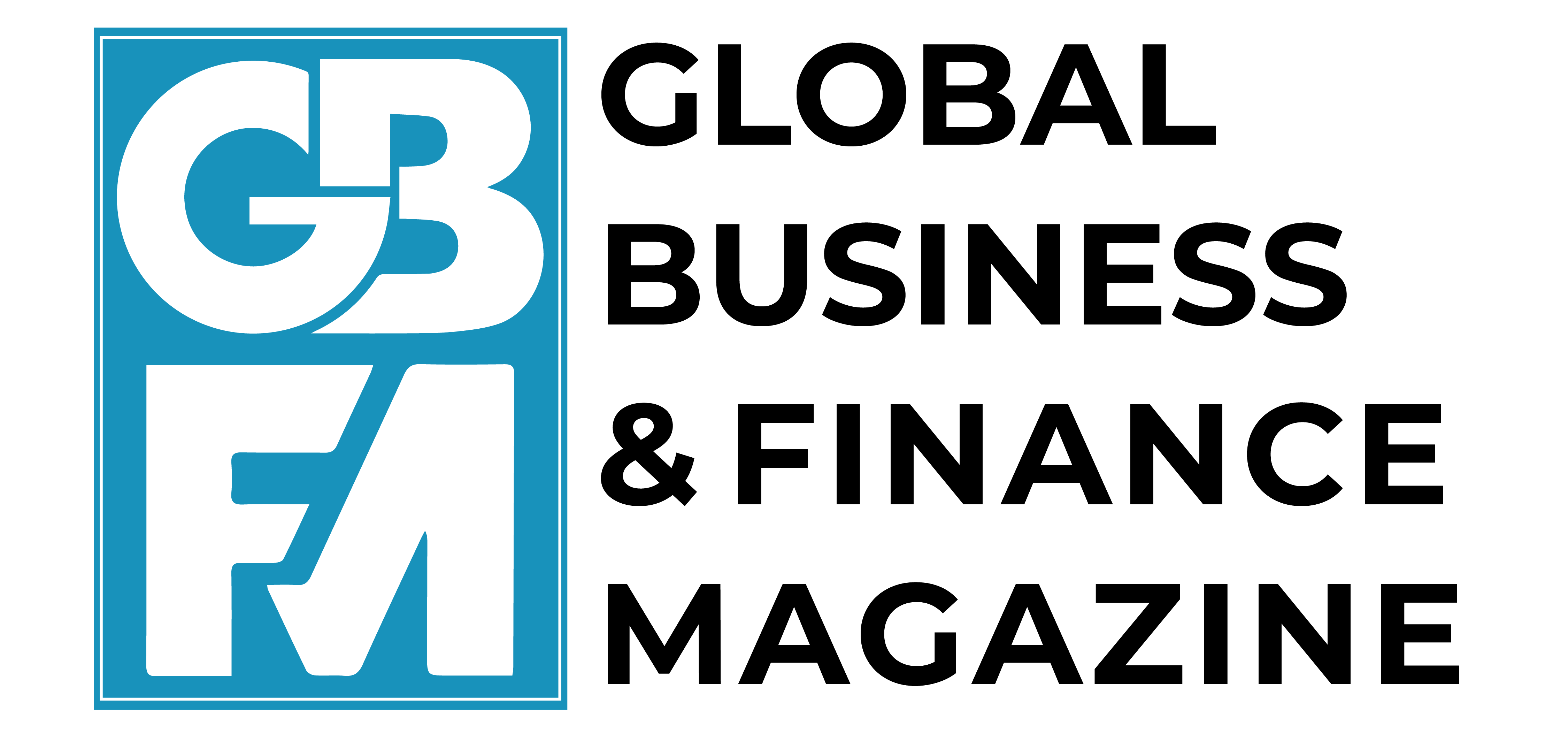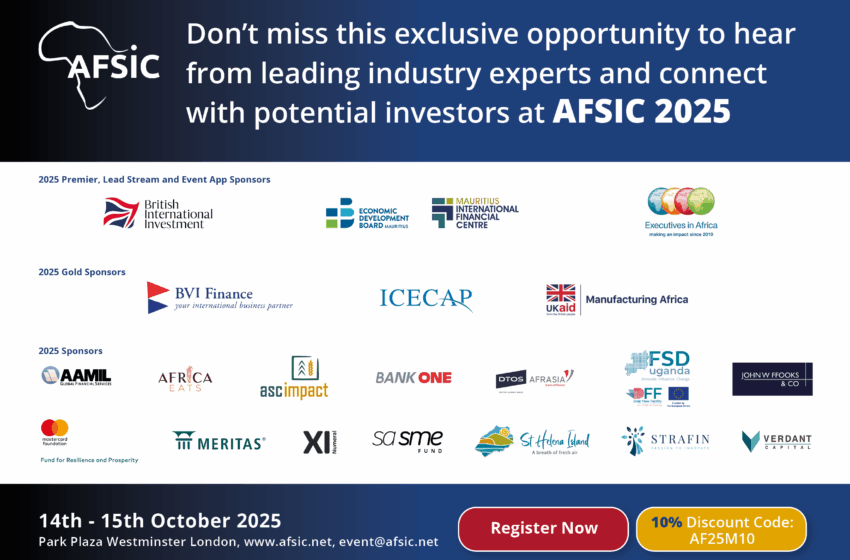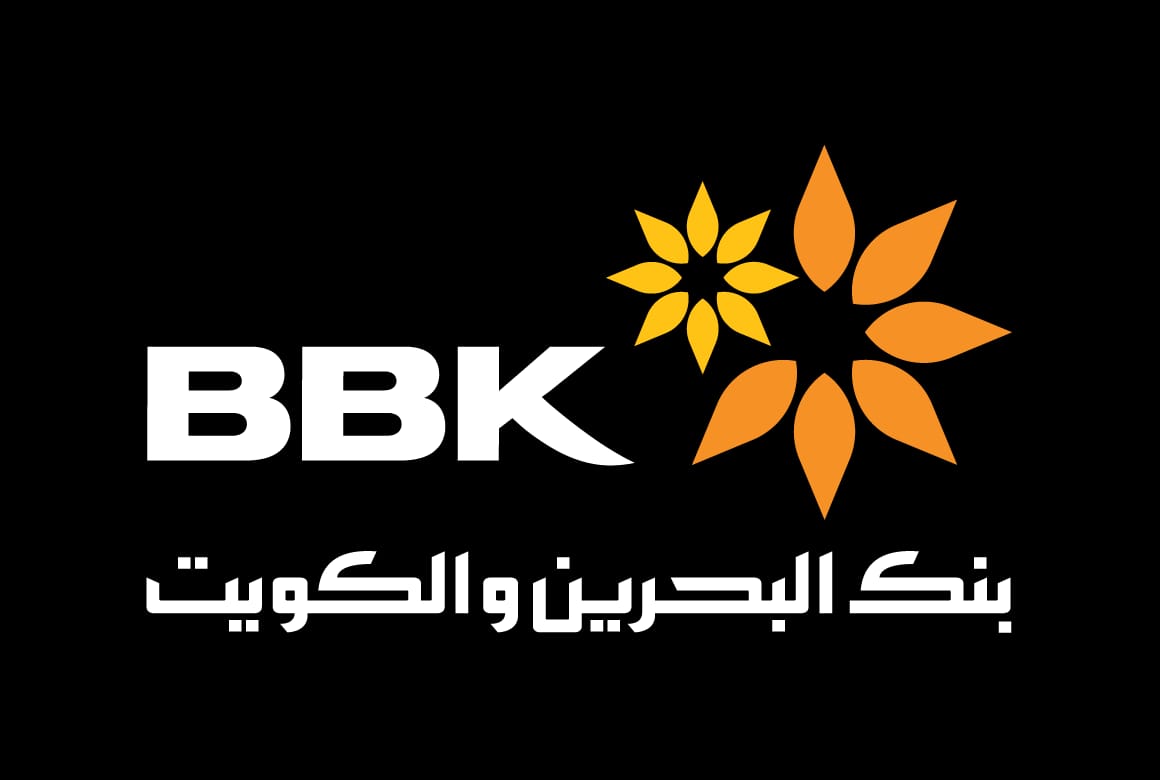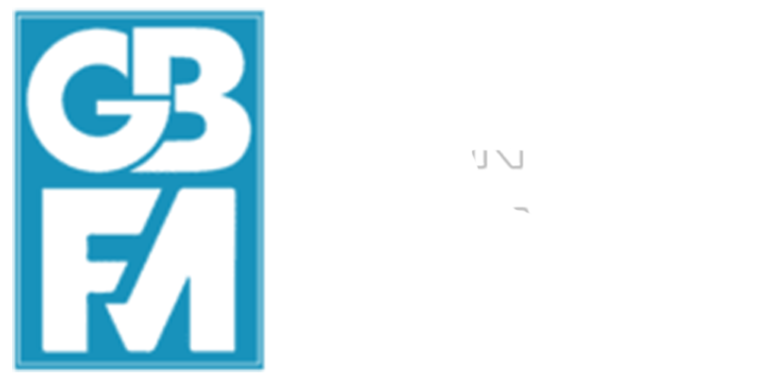As inflation surged globally, economists and policymakers focused their attention on the expectations of households and financial markets – but relatively little was known about the inflation expectations of firms. Using a survey of French firms from 2020 to 2024, this column examines how inflation expectations form, evolve, and affect decisions, as well as their potential to pass through onto wages. The findings offer cautious reassurance to central bankers. While anchoring expectations remains crucial, structural features such as wage bargaining institutions, policy interventions, and even inattention shape how firms respond to shocks.
As inflation surged across the globe in the aftermath of the COVID-19 pandemic and the war in Ukraine, economists and policymakers worried that rising inflation expectations could become entrenched and drive a wage-price spiral. While much of the attention on expectations focused on households and financial markets, relatively little was known about the expectations of firms – the agents directly responsible for setting prices and wages – due to the absence of data on their beliefs.
Recent work has begun to fill this gap. Studies such as Baumann et al. (2024), Abberger et al. (2024), and Candia et al. (2021) have examined firms’ inflation expectations in the euro area and the US, revealing both the promise and pitfalls of using survey data to better understand inflation dynamics. Our new study (Gautier et al. 2025) contributes to this growing literature with a uniquely rich dataset: a quarterly survey of French firms conducted by the Banque de France between 2020 and 2024. This period covers the full cycle – from low inflation to peak and back to near-target levels – offering rare insight into how inflation expectations form, evolve, and affect decisions. Furthermore, the survey includes information on firms’ beliefs about the evolution of future wages within their firms, thereby providing a unique setting to study the potential passthrough of inflation into wages.
Underreaction, overreaction, and re-anchoring
Figure 1 plots the trajectory of French firms’ perceptions and expectations of inflation at different horizons (one year ahead for the short term, and three to five years for the long term). As inflation began rising in 2022, firms initially underreacted: their short-term expectations rose more slowly than actual inflation. But this gave way to a period of persistent overshooting: firms expected more inflation than actually materialised, especially during the disinflation phase in 2023–2024.
Figure 1 Inflation expectations and perceptions


Note: Average perceptions and expectations of French firms over time.
Source: Banque de France survey as shown in Gautier et al. (2025).
This pattern – a delayed and amplified response to inflation surprises – is consistent with theories of imperfect information or rational inattention (Angeletos et al. 2021). But despite this overshooting, inflation expectations gradually re-anchored by the end of 2024. Both short- and long-run expectations converged back to the ECB’s 2% target, suggesting that fears of a permanent de-anchoring were overstated – at least in France.
Limited scope for a wage-price spiral
One of the most policy-relevant questions is whether rising inflation expectations feed directly into wage-setting. Our survey provides a direct answer: firms were asked how much they expected to raise wages in the coming year. These wage expectations, while rising in 2022–2023, remained far more subdued than inflation expectations and tracked actual wage growth relatively well.
Figure 2 plots the correlation between firms’ inflation expectations and their own wage expectations. Only short-term expectations (and to a lesser extent, inflation perceptions) are meaningfully correlated with expected wage growth. Long-run inflation expectations have essentially no predictive power – consistent with models in which wage contracts are short-lived and expectations beyond the contract horizon are irrelevant (Werning 2022).
Figure 2 Inflation expectations versus wage expectations


Note: Relationship between inflation expectations at one-year horizon (left-panel); three-to-five year horizon (right panel); and expected wage growth (one-year ahead).
Source: Banque de France survey as shown in Gautier et al. (2025)
Moreover, we find that the pass-through of inflation expectations into wage expectations – and into actual decisions like prices or employment – was notably weaker during the high-inflation period. Why? A key factor was the emergence of firms expecting what we term an ‘inflation disaster’: very high inflation rates (above 10%). These firms grew more numerous in 2022–2023, but paradoxically showed less responsiveness in their behaviour. Their expectations were detached from actual outcomes and from their own actions.
Among firms with more moderate expectations, pass-through remained relatively stable. This pattern suggests that high inflation doesn’t necessarily amplify expectational effects across the board; if anything, it may weaken them for some firms.
Expectations matter – but less than feared
Taken together, our results complicate the standard narrative. Yes, inflation expectations rose. Yes, they correlate with wage and price-setting. But their power to drive actual decisions weakened during the inflation surge, especially among firms with the most pessimistic outlooks. This likely dampened the feared feedback loop of inflation expectations fuelling further inflation.
The French experience stands in contrast to that of other countries such as the US, where expectations appeared to become more sensitive to news (Weber et al. 2025) and where energy price pass-through was more direct. The French government’s efforts to shield households and firms from energy price shocks may have helped limit the unmooring of expectations (Coibion and Gorodnichenko 2025).
Implications for policymakers
Our findings offer cautious reassurance to central bankers. While anchoring expectations remains crucial, not every inflation surge leads to runaway expectations or self-fulfilling dynamics. Structural features such as wage bargaining institutions, policy interventions, and even the extent of inattention can shape how firms respond to shocks.
They also suggest that surveys of firms’ expectations are an essential complement to household or market-based measures. Firms see the world differently. They can be slow to update, occasionally alarmist, but often pragmatic when it comes to their own wage and pricing decisions.
By building out these types of high-frequency, multi-horizon surveys across countries, we can gain a much clearer view of the inflation process – before the next surge surprises us again.
Source : VOXeu



































































